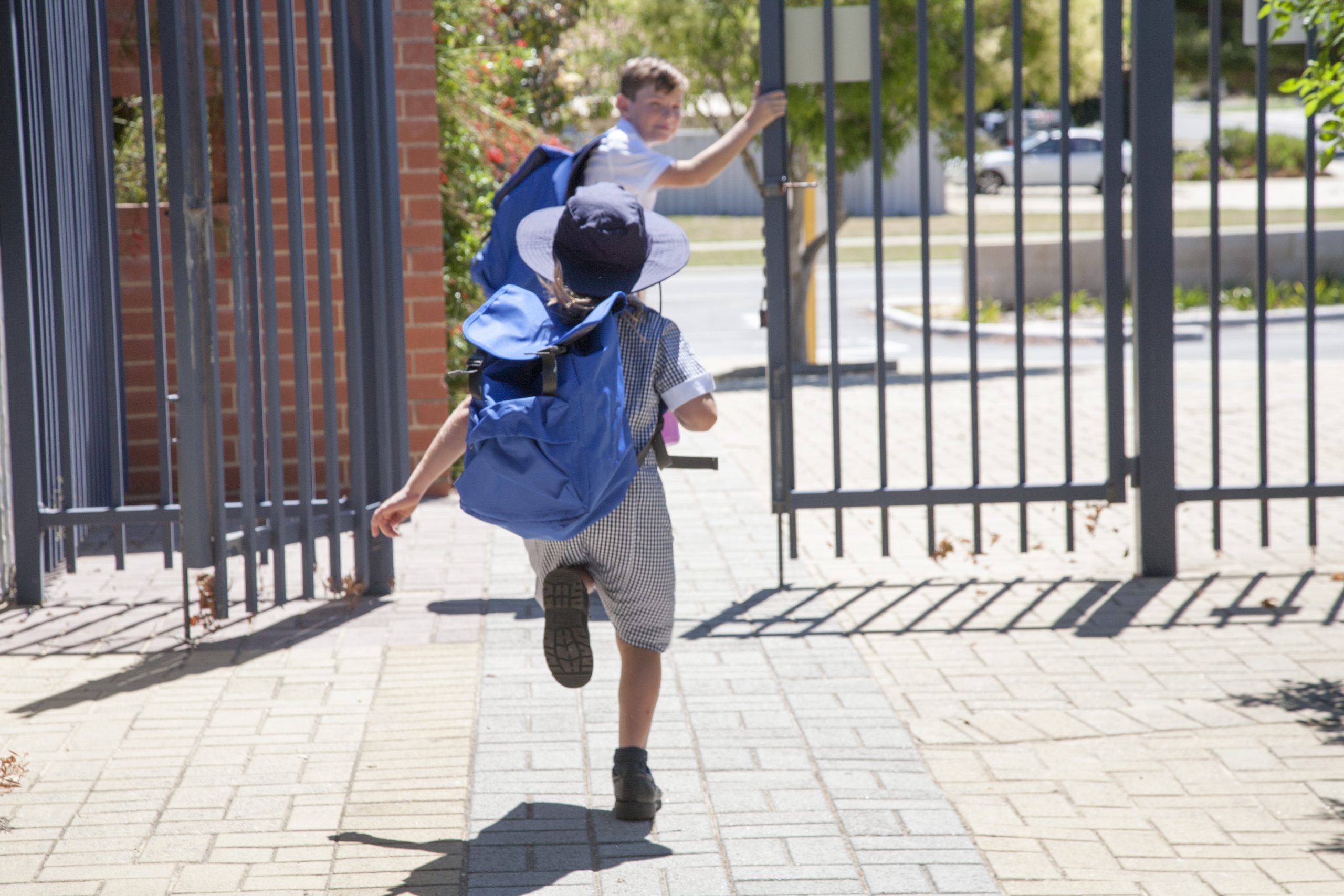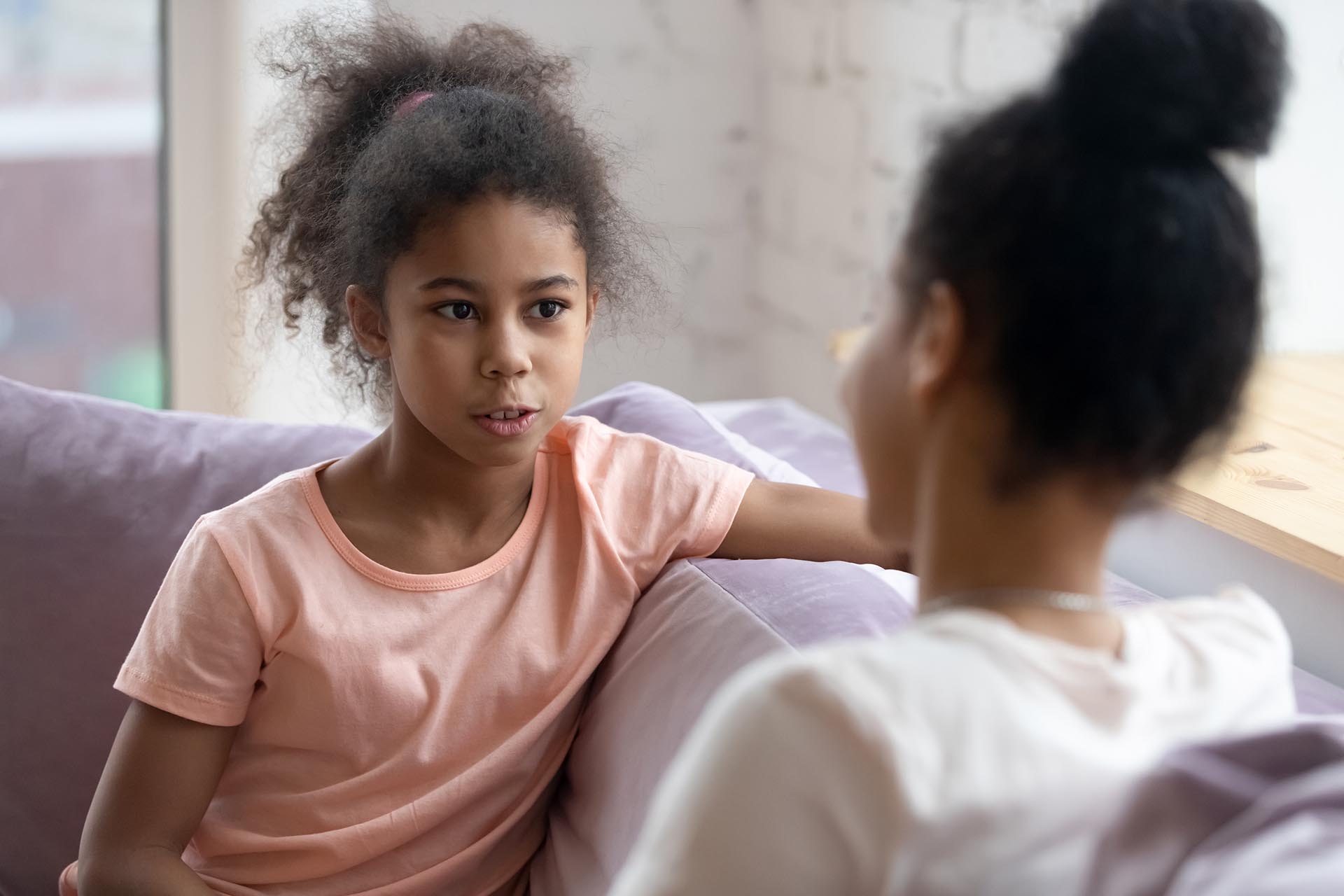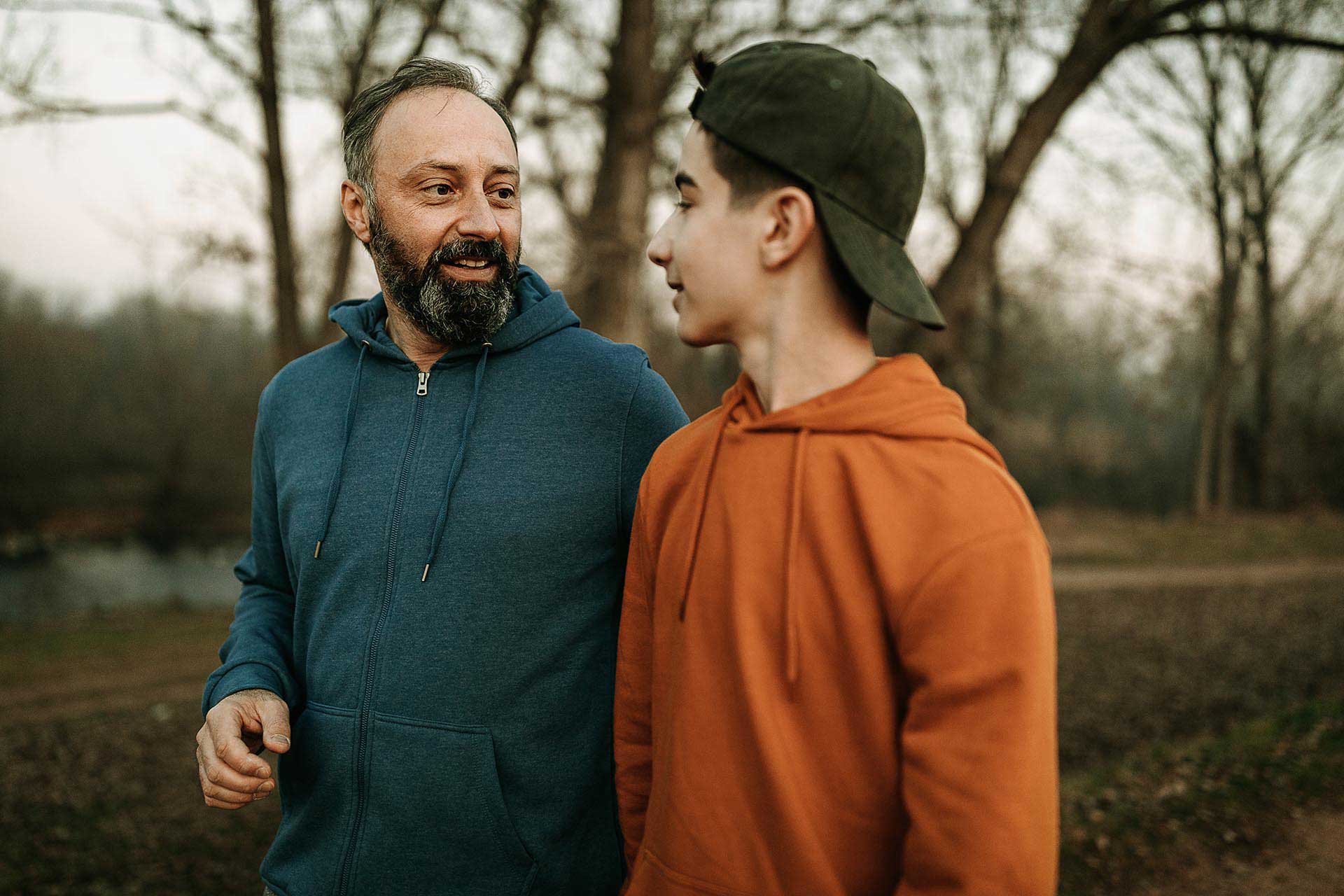Bullying: how to recognise when it’s happening to your child and when to step in
What is bullying?
Almost every relationship experiences conflict. Whether it’s between partners, friends, siblings or parents and children, we all go through disputes. Conflict is usually an argument that involves both sides expressing their opinions. But that’s different to bullying, and it’s important to be able to spot the difference.
Bullying relates to an ongoing misuse of power in a relationship; it’s the ongoing behaviours that deliberately harm another person, either verbally, physically or socially. Bullying can be in person or online. It can happen anywhere and everywhere, including schools, workplaces, within a family, on public transport or in a sports team. One study found that one in four students have experienced bullying, and while bullying can certainly happen among adults, it’s often most common among children and young people.
What does bullying look like?
Verbal bullying might include insulting and calling them names, as well as teasing, picking out someone’s flaws, mean jokes, scaring someone, threatening to cause harm or encouraging a person to harm or degrade themselves.
Physical bullying can mean any harm done to another person’s body, such as punching or kicking, but also includes things like spitting, breaking someone’s things, ruining their food or making faces or rude hand signals.
Social bullying deliberately excludes someone or makes others not like them, and includes spreading rumours, leaving someone out of a group activity, mean practical jokes, deliberately ignoring and embarrassing someone.
Sexual bullying is defined as ‘any behaviour which degrades someone, singles someone out by the use of sexual language, gestures or violence, and victimising someone for their appearance. Sexual bullying is also pressure to act promiscuously and to act in a way that makes others uncomfortable.’ It’s also most often directed towards girls and women in a kind of misogyny that’s particularly prevalent among teenagers – of any gender. It can include inappropriate comments, lewd glances, touching or jokes.
Cyberbullying has become so prominent in today’s internet age that it now has its own term. It means to verbally, socially or sexually bully someone online. This can be done through messages, pictures, videos or comments. Even though it’s not in person, cyberbullying can be just as hurtful and damaging.
What are the signs to watch out for?
There are a few tell-tale signs when it comes to whether your child is being bullied. Withdrawing from social activities and other activities they normally enjoy, as well as not wanting to go to school can be big signals that something is wrong. Their anxiety might present itself through sickness, like stomach aches or dizzy spells, or they might act more withdrawn, mopey or irritable than normal. They also might make more negative comments about themselves.
What to do
The first action parents and carers should take is to talk to their child. Ask them about what’s going on in their social life. Ask them how they’re friends are and what they’re up to. Ask them if there’s anyone at school or anywhere else that’s making them feel bad. Ask them if anyone has said or done anything to them online that’s making them uncomfortable.
You could say: ‘I just wanted to check in with you because you’ve been acting a little more withdrawn or sad recently. Is there anything going on you’d like to talk to me about? How are your friends? How are things at school? You know you can always come to me with your problems, no matter how big or small they may seem. And that also includes if anyone is talking to you in a mean way online.’
If they do admit something to you, try to react calmly. We know this is hard (no one hurts our babies!) but we don’t want to make our children regret telling us what’s going on.
Thank your child or teen for opening up to you and let them know that you’ll always be there for them. Tell them that this is bullying and it’s not their fault; they are not to blame in any way. Reassure them that they’re not alone and you’re here to help. Talk about how no one deserves to be bullied, and everyone has the right to feel safe at school or with friends.
For light bullying
From there, you have a couple of different options. If the bullying so far seems to be new and light, you might want to wait to step in and instead encourage your child to talk to the bully about how they feel. Offer them strategies and work out a plan together for stopping the bullying. Suggest that they tell the bully what they don’t like about their behaviour, and what it makes them feel. But remember, this strategy is only for light bullying by one or two people. For more severe bullying, including whole group bullying, you’ll need to step in.
For severe bullying
For more systematic, ongoing and/or severe bullying, you’ll need to intervene – even if they don’t want you to. Start by letting their teacher(s) and the school know what’s going on. Document any evidence that you can, including writing down what your child has said to you and taking screenshots of anything said or done over social media. Find out your child or teen’s school’s anti-bullying policy and speak to them about the actions outlined.
It’s important in these circumstances not to speak directly to the bully or to the bully’s parent(s). Parents will be emotional and defensive, so you’re unlikely to have a productive conversation. And as angry as you might be at the child or teen – or however bad their behaviour may be – they’re still young and there will be more appropriate people in their life who can address these issues. That’s also what schools are here for; let them be the mediators.
You might also want to speak to the school counsellor and suggest your child does the same. In extreme cases, you might want or need to tell the police. Cyberbullying can also be reported online, including reporting posts or images to the site or to the eSafety Commissioner. Your young person might want to consider blocking the person who’s attacking them or taking a breather and stepping away from a group chat for a while (they can do this by leaving the group or putting it on ‘silent’).
You can also provide your young person with resources that will help (because sometimes they need to talk to more than just their parents). We recommend Kids Helpline and Headspace.
Further reading
- A Mighty Girl (‘The world’s largest collection of books, toys and movies for smart, confident, and courageous girls’)
- KidsHealth (helping kids cope with cliques)
- Kidshelpline (helping kids handle conflict)
- Linda Stade (educator, writer and speaker to grow happy, healthy kids)
- Reachout (helping young people feel better)
- URStrong Dana Kerford (teacher and friendship expert)
- Bullying No Way
- National Centre Against Bullying
- National Centre Against Bullying
Please note: It’s important that parents and carers carefully and thoroughly check resources before deciding to share them with their child.










